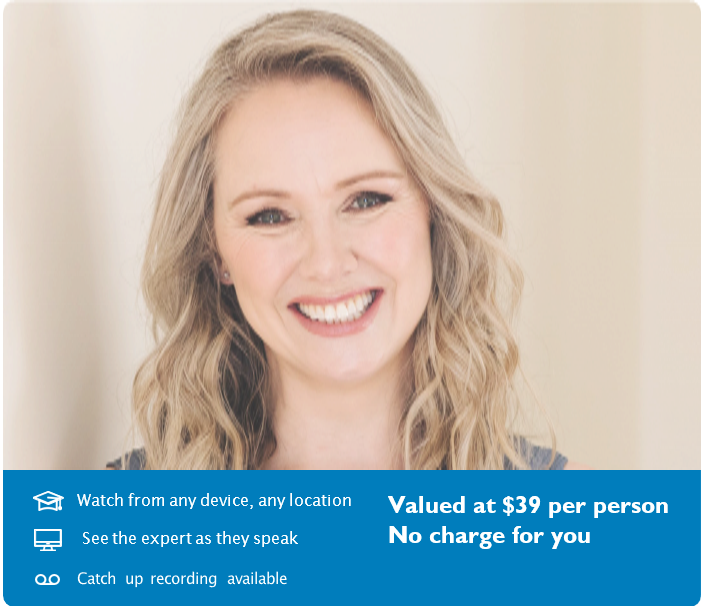Principal

How To Help Your Son Be A Good Friend
Winnie the Pooh once said that “a day without a friend is like a pot without a single drop of honey left inside,” and my bet is that when he said this, that he wasn’t talking about any friend, he was talking about a good friend.
Being a good friend and knowing what a good friend entails is an integral component of friendship. Research says that kids start making meaningful friendships from around the age of four and from that point onwards, friendships will contribute to their wellbeing, learning, confidence and mental health.
But understanding what a good friend is can be tricky, so here are some strategies you can use to help explain what being a good friend means to your son and how they can be one.
Defining what it means to be a good friend
While most adults know instinctively what a good friend is, explaining this to kids can be difficult. Pinpointing some of those elements of what being a good friend means can be a great way to start.
For example, being a good friend means including concepts of respect, loyalty, providing support and having fun together.
Good friends typically display behaviours such as being trustworthy, someone who is around for the hard times not just the good times, and someone you can laugh with. Good friends respect your boundaries, and make you feel comfortable being yourself.
Healthy Harold and the team at Life Education add that “generally, being a good friend involves loyalty, empathy and trust. A good friend would listen, be an upstander instead of a bystander, be forgiving, be patient, and respect your opinion. They are empathetic, and able to put themselves in your situation.”
What a good friend is can vary and change
It is also critical for kids to know that a good friend can be different for different people and that what we view as a good friend can change over time and as we grow.
As kids grow older, it’s important to help them understand that there are many different types of friends and that these relationships can change over time.
Helping your kids understand that this is normal and that it doesn’t equate to failure, while also supporting them through these changes is important.
Teach your child friendship values
Life Education says that helping your kids understand what specific values are associated with friendship is key to understanding what a good friend looks like and how to be one.
Friendship values include being a loyal friend, accepting differences in a friend, standing up for a friend, being kind and supportive to a friend and including a friend in games. Teach and model the social skills that underpin successful friendships.
While knowledge and values are a key underpinning, consolidating these with skills is the next step.
I also suggest you explain to your child that just as they can get better at swimming by practising, they can also get better at making and keeping friends by practising social skills such as smiling and greeting classmates, sharing, cooperating, negotiating, being positive, having an interesting conversation, playing games well (e.g., being a good winner and loser).
Praise the good stuff
Provide positive feedback when you observe your son using social skills or values that have the potential to contribute to the development of their friendships. This will help reinforce the values that make a good friend.
Empower them to find their own solutions
Don't always try to fix every problem that arises, be present and support the children as they try to find a resolution. Create an environment where no questions are off limits so that nothing is too uncomfortable to discuss.
Friendships in adolescence are different
As your kids grow into teens, friendships often take on a different significance and influence. Reach Out advises some additional strategies for parents with pre-teens and teenagers to use to help support them being a good friend. Work with your teen to set expectations around how they should treat their friends. A reminder of the values of a good friend and the skills that a good friend utilises can be helpful.
Be supportive if your teen comes to you about an issue with one of their friends without necessarily always trying to solve the problem. Listen openly and non-judgmentally without jumping into solution mode can be helpful. Model the behaviours of being a good friend. For example, you could get your teen involved if you are cooking a meal to support a friend and use the opportunity to talk about why that is important to you.
In closing
Helping your son understand the distinction between being a friend and being a good friend is important but supporting them to become one can be a tricky process. It can vary depending on you, your child/ren, the friendships and over time. Experiment with different strategies and techniques and see what works best for you and your child/ren.
In Memoriam
We keep in our prayers Daniel Harb (Year 12), Ethan Harb (Year 10), Christian Coorey (Year 10), Old Boys Samuel Coorey (’20) and Luke Coorey (’21) on the recent loss of their grandmother Mrs Emile Nader.
We also pray for Matthew Habib (Year 10) whose great grandmother, Alice Hayek passed away last week.
Eternal rest grant unto them O Lord and let perpetual light shine upon them.
May they rest in peace. Amen.
Dr Vittoria Lavorato
Principal
SPC boys can do anything!
** except divide by zero
Upcoming Webinar for Parents Dr Jodi Richardson presents: Building lasting happiness in children
Dr Jodi Richardson is a professional speaker, author and wellness educator who helps people work through the challenges and opportunities associated with mental health, wellbeing, happiness and purpose. Jodi combines nine years of university study with more than 20 years of professional work in clinical practice, education and elite sport. Through this, and her personal experience of a mental health diagnosis she has seen it all, heard it all, felt it all, and flourished through it all. Her sincere ambition is to assist others to flourish too.
We have a membership with Parenting Ideas, one of Australia’s most trusted sources of parenting education and support. As part of this membership, all parents and carers in our community can attend this webinar at no cost.
About the Webinar - Building lasting happiness in children
When you ask parents what they want for their kids, by far the most common reply is “I just want them to be happy”. And though this desire goes hand-in-hand with such things as good health, an education and a safe place to call home, happiness is a really difficult area for parents to navigate or seek assistance with. Nobody denies the importance of happiness, but how many parents have ever been shown how to model and implement it? In this webinar, Dr Jodi Richardson explains how lifelong happiness stems from how we think and what we do, rather than from what we have.
Key learning and discussion points include:
- a new definition of happiness
- what stands in the way of happiness
- why the science says “more stuff” doesn’t make us happier, and what to do instead
- the skills of happiness – quantifiable, helpful areas of output for parents to nurture in their children
- evidence-based strategies to increase happiness
The webinar will be held on 23 March 2022 at 8:00PM – 9:00 PM AEDT.
Redeem your webinar - it’s easy!
To redeem your webinar, click or copy and paste this link:
https://www.parentingideas.com.au/parent-resources/parent-webinars/webinar-building-lasting-happiness-in- children.
- Click ‘Add to cart’
- Click ‘View cart’
- Enter the coupon code HAPPY and click ‘Apply’
- Enter our organisation’s name to verify your eligibility. The $39 discount will then be applied.
- Click ‘Proceed to checkout’
- Fill in your account details. These are the details you will use to login to your account and access your webinar and resources.
- Click ‘Place Order’
This offer is valid until 23 June 2022. If you’re unable to make the broadcast time, just register anyway and you will get access to the recording.


